Five places to see before they disappear
Earth is a beautiful place filled with incredible natural attractions. Sadly, climate change and human activities are causing many of these destinations to disappear. Here’s a list of five places to see before they vanish for good.
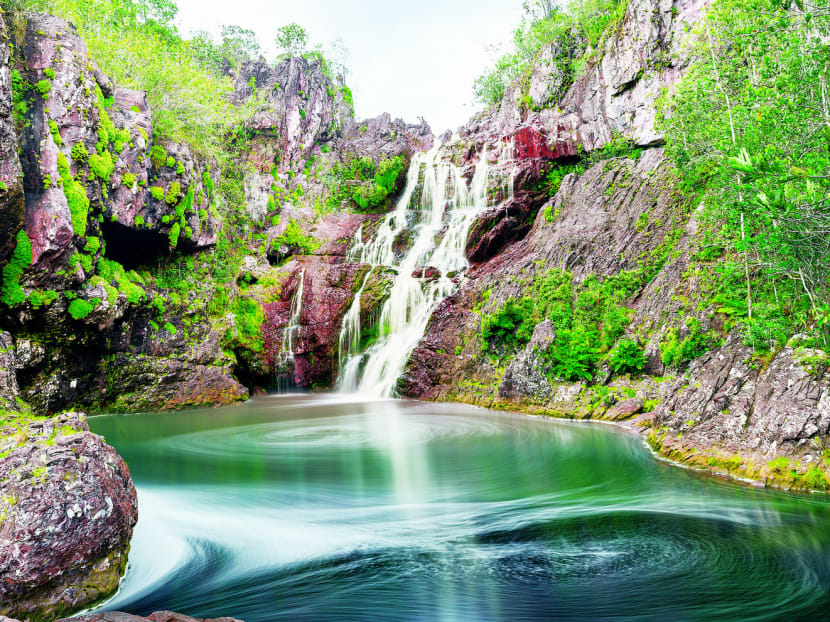
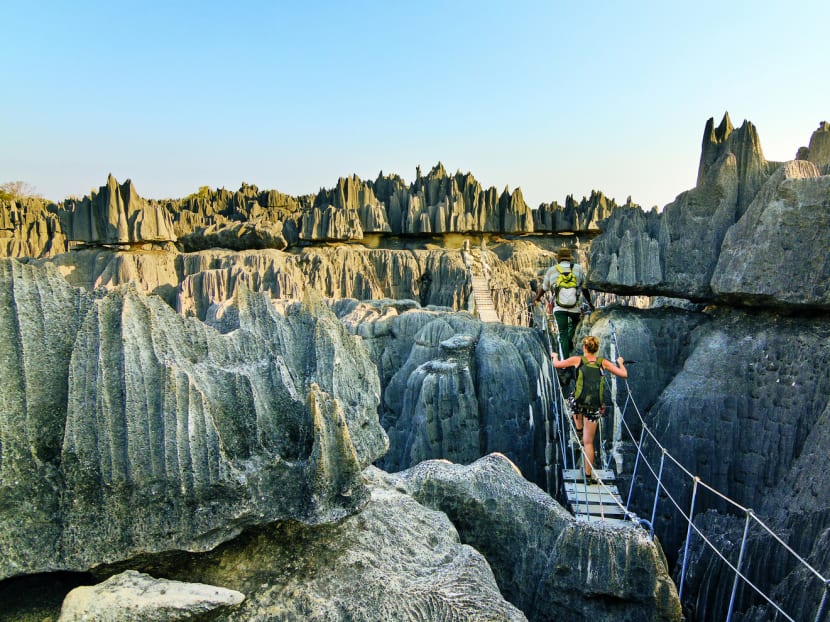
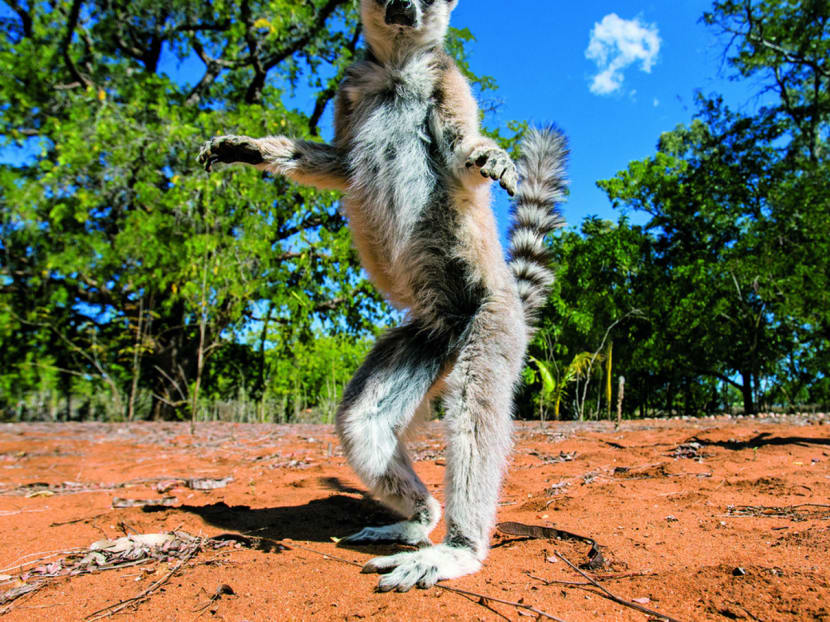
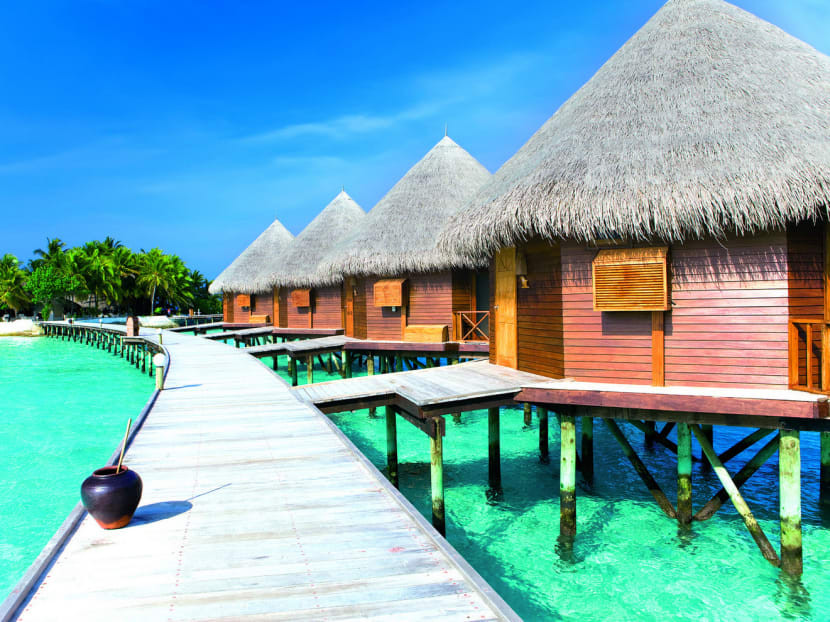
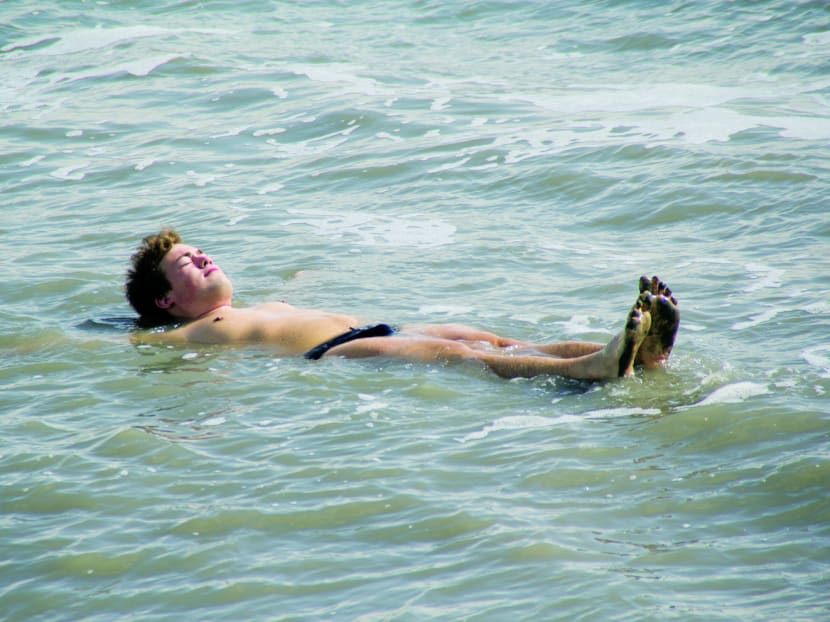
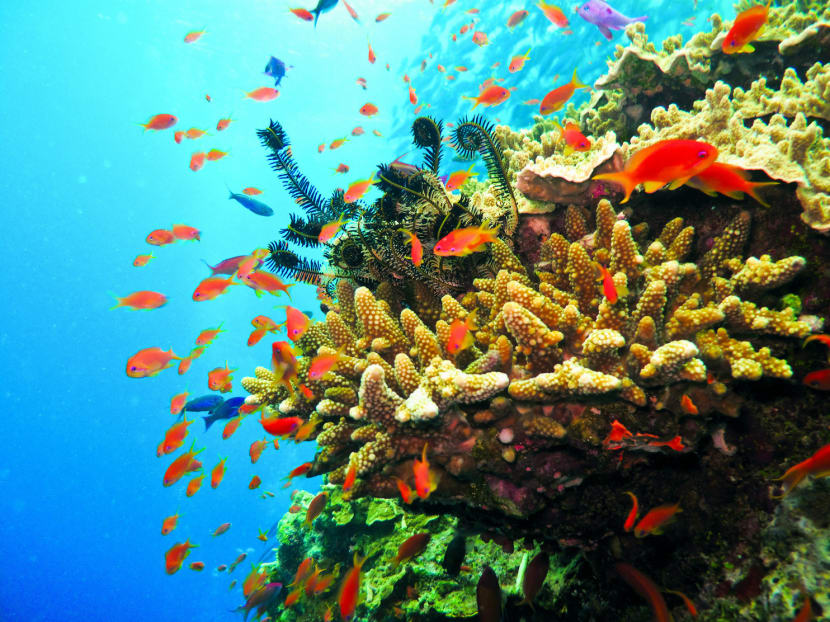
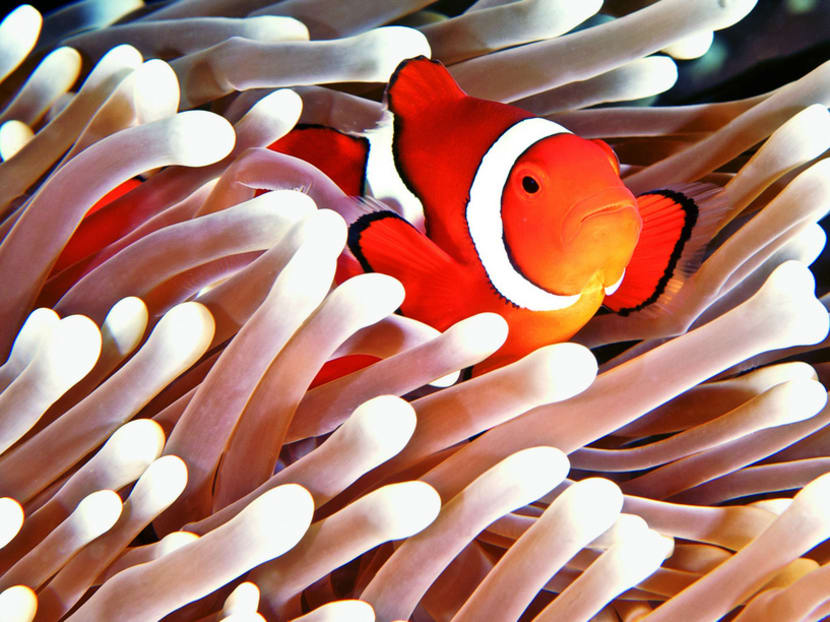
Earth is a beautiful place filled with incredible natural attractions. Sadly, climate change and human activities are causing many of these destinations to disappear. Here’s a list of five places to see before they vanish for good.
AMAZON RAINFOREST
The world’s largest tropical rainforest, the Amazon Rainforest, is crisscrossed with thousands of rivers, packed with hundreds of different animal species and inhabited by several remote indigenous tribes.
The massive jungle covers much of northwestern Brazil and extends into Colombia, Peru and other South American countries. It’s the last remaining wilderness in this part of the world, where you can still mingle with wild sloths and coatees, and meet indigenous people who live the way their ancestors have done for centuries.
There are several ways to enter the Amazon Rainforest; one of the most affordable ways is signing up for a tour departing from Banos, Ecuador, that includes a local guide, jungle treks and simple accommodation in the jungle. We spent four days hiking through the Amazon, sleeping on hammocks, swimming in waterfalls tucked within the forest and meeting local indigenous tribes. It was such a back-to-basics experience that I could never forget.
The forest is facing the danger of extinction due to heavy deforestation, particularly on Brazilian soil. Currently, Brazil has less than 80 per cent of its original Amazon forests, and over 600,000 sqkm have been destroyed. While stricter regulations have slowed the rate of deforestation, the damage has already been done, and the Amazon is on track to be halved within the next three decades.
MADAGASCAR
Madagascar has long been a sanctuary of unique animal species, having been isolated from mainland Africa more than 165 million years ago.
Today, it is home to over 70 species and sub-species of lemurs, some 340 species of reptiles and over 6,000 species of plants — found nowhere else except in Madagascar.
During my two-week trip to Madagascar, I lost count of the number of lemurs and chameleons I saw. You don’t need to go far to find them and they’re not the least bit afraid of human beings.
Some of the best experiences I had in Madagascar include climbing the Tsingy de Bemaraha stone pinnacles, floating on a wooden pirogue boat through Lake Bemaraha, watching the sunset along the Avenue of Baobabs and swimming in the oasis of Isalo National Park.
Turkish Airlines flies from Singapore to Antananarivo, capital of Madagascar, via Istanbul and Mauritius; most airlines make at least two stops.
Unfortunately, in recent years, a string of problems has plagued the country. Excessive hunting is quickly destroying the wildlife, and deforestation is devastating the forest ecosystems. The Madagascar forests are predicted to be completely destroyed within the next four decades due to the human-created fires and massive deforestation.
MALDIVES
The Maldives is a destination synonymous with luxe villas built over the sea, white powdery beaches and crystal-clear water. Underwater lovers call this paradise on earth as it’s home to a massive population of marine animals and extensive coral reefs.
Several budget airlines fly from Singapore to Male, the Maldives’ capital. Most visitors tend to head straight to the islets but it’s worthwhile to spend a few days on the capital to explore Male’s mosques, historical sites and fish market.
Luxurious resorts are aplenty in Maldives and most of them are located on tiny islets dotted all around the archipelago and some can only be accessed by private seaplane.
About five years ago, the Maldivian government allowed locals to open up guesthouses on their islands, providing an alternative to the expensive resorts. Guesthouses/hotels with nightly rates of US$40–US$100 (S$53–S$134) have been springing up on the islands of Maafushi, Hulhumale, Guraidhoo, and Fulidhoo.
However, global warming could spell the end of the Maldives. As the lowest-lying country in the world, Maldives stands at less than 3ft above sea level and faces the danger of disappearing under the sea as water levels are estimated to rise 97cm by 2100.
DEAD SEA
Straddling the border of Jordan and Israel, the Dead Sea is the only place in the world where you’ll naturally float in the water. Standing at the lowest point on earth (at 1,388ft below sea level), this world-famous salt lake has almost 33.7 per cent salinity — so hypersaline that not a single species of animal can survive.
You can visit the Dead Sea in both Jordan and Israel. Floating in the Dead Sea is a surreal experience, so make sure to spend a few days in the area. In Jordan, public buses serve routes from Amman (one-hour away) and Aqaba (three hours) to the Dead Sea.
On the Israeli side, it’s just a 50-minute drive from Jerusalem and you can either catch public transport or sign up for a tour with Abraham Tours. On both sides, you’ll need to pay a fee to use the beach but that usually includes showers, umbrellas and free mud.
Visit the lake (actually not a sea) soon as it is likely to disappear within the next half century.
It has been found that in the past half century, the sea has sunk by 80ft and lost over a third of its water. The neighbouring countries continue to draw vast amounts of water from the River Jordan (the only source of water for the dead sea), increasing the salt concentration of the sea while lowering its water levels.
GREAT BARRIER REEF
As the world’s largest coral reef ecosystem, the Great Barrier Reef in Australia has more than 2,900 separate coral reefs and around 1,050 islands.
It is home to thousands of species of marine animals, including manta rays, sharks, turtles and enormous humphead parrotfish. During my trip there, I snorkelled with hawksbill turtles right off the beach and saw giant manta rays with wingspans of more than 2m when I went diving.
An island that makes a great base for your reef exploration is Heron Island, accessible by boat from Gladstone. It offers interesting marine walks and educational workshops. A short helicopter ride away from Queensland’s capital, Brisbane, is the spectacular Lady Elliot Island. It lies at the edge of the Great Barrier Reef and can be seen on a day trip.
Sadly, the Great Barrier Reef is not going to stay this way for long. In the past 30 years, the reef system has lost more than 50 per cent of its size, largely due to rising temperatures.
Increased pollution in the water has also caused coral bleaching, which turns the once-healthy corals white and makes them prone to disintegration.
Add to that over fishing, and the trifecta of problems is causing unprecedented destruction of the centuries-old reef. Scientists predict that the Great Barrier Reef could be destroyed within the next four decades.





